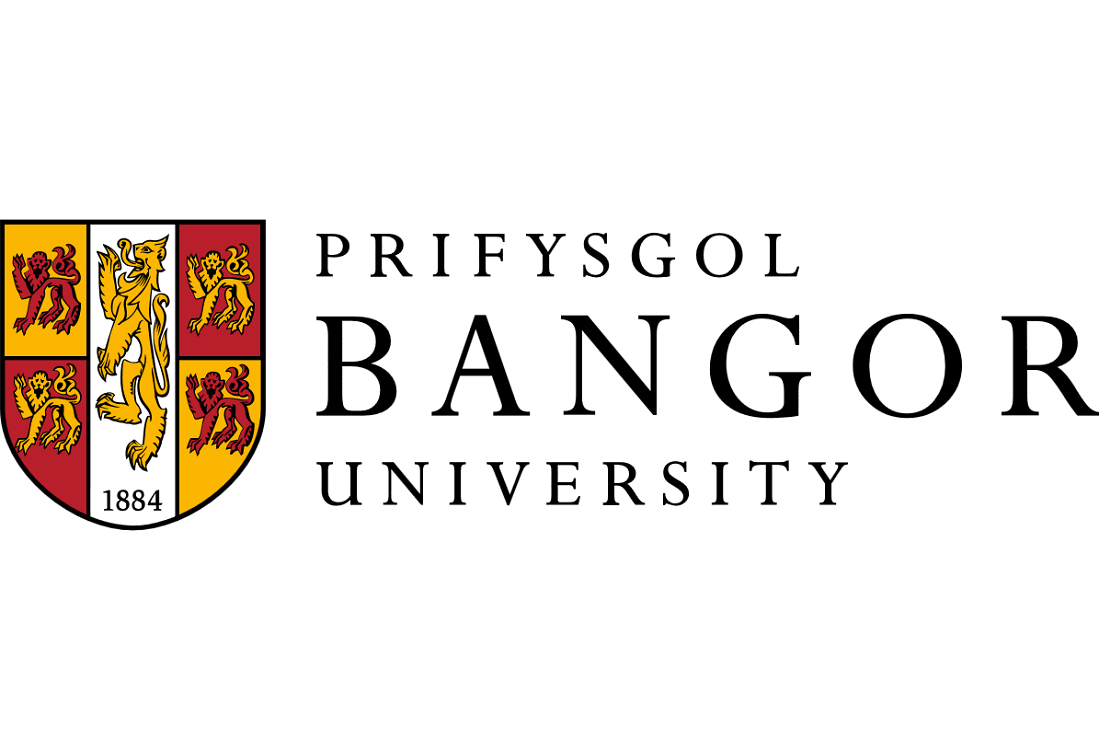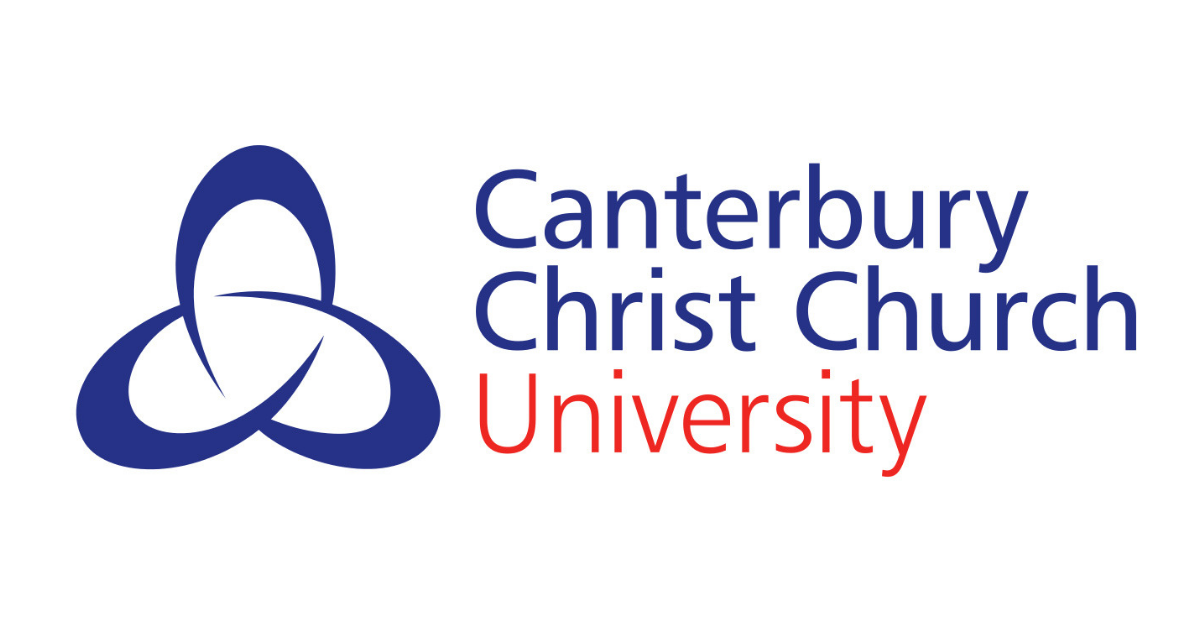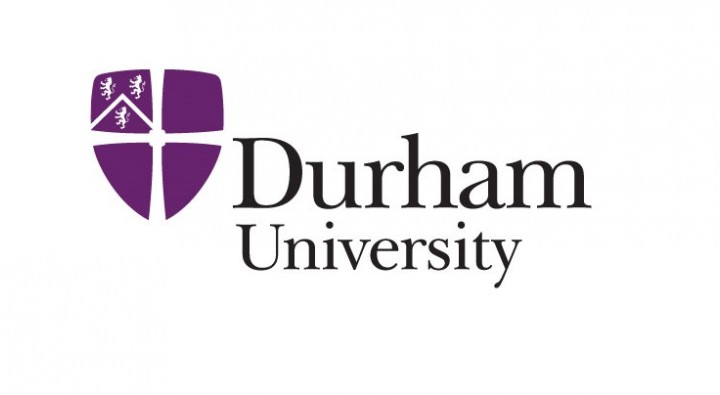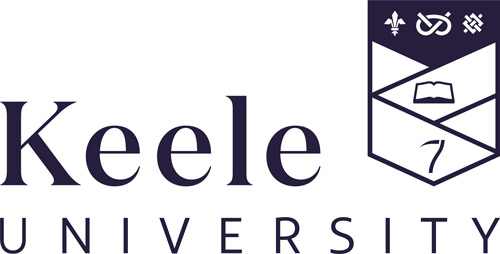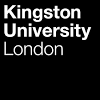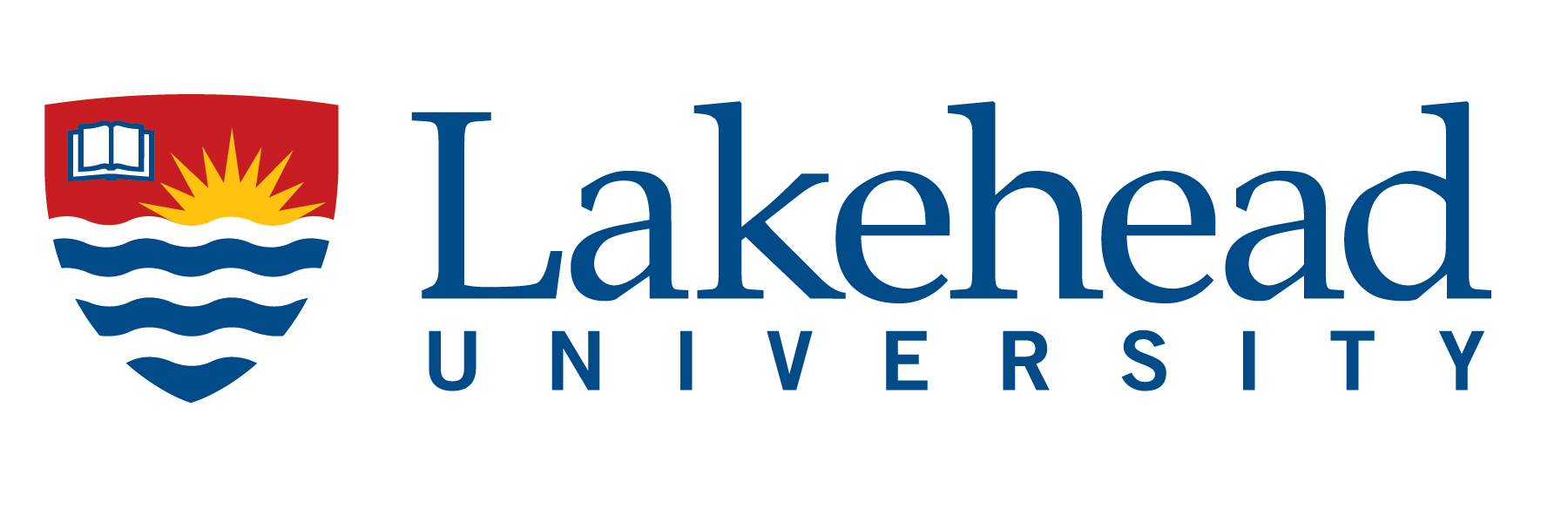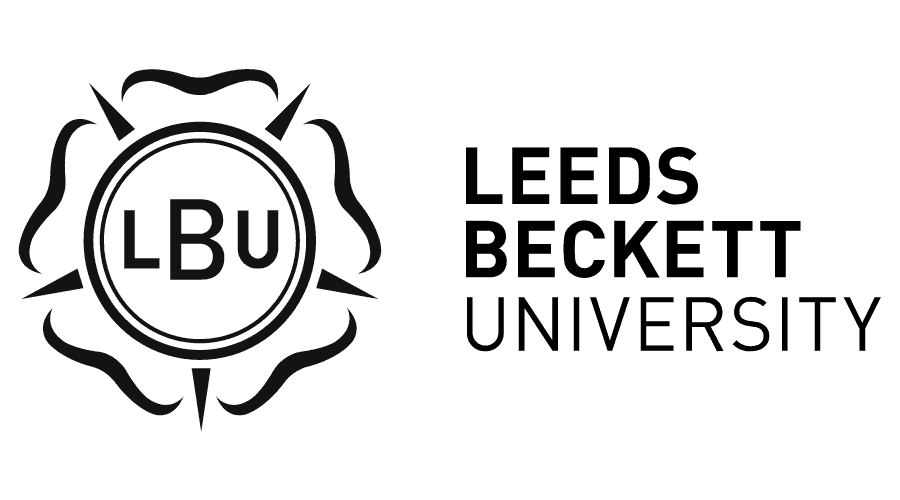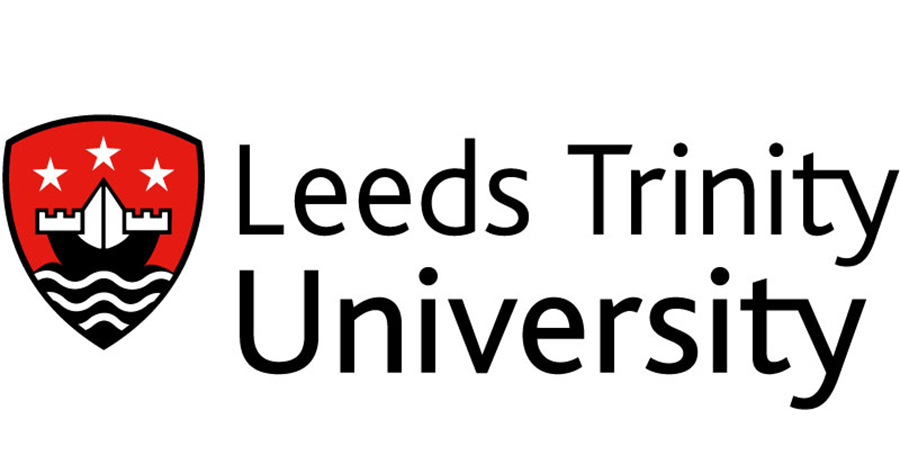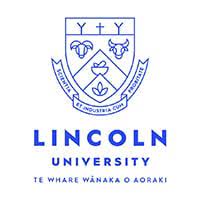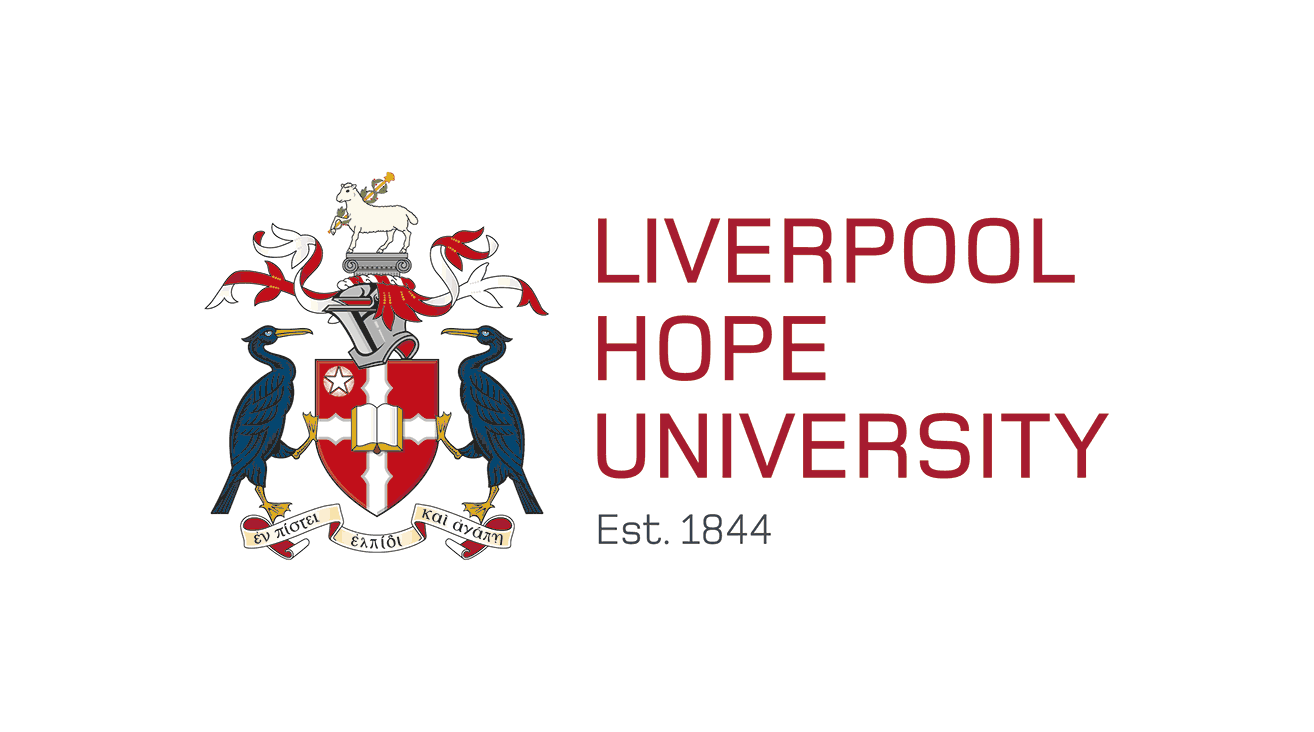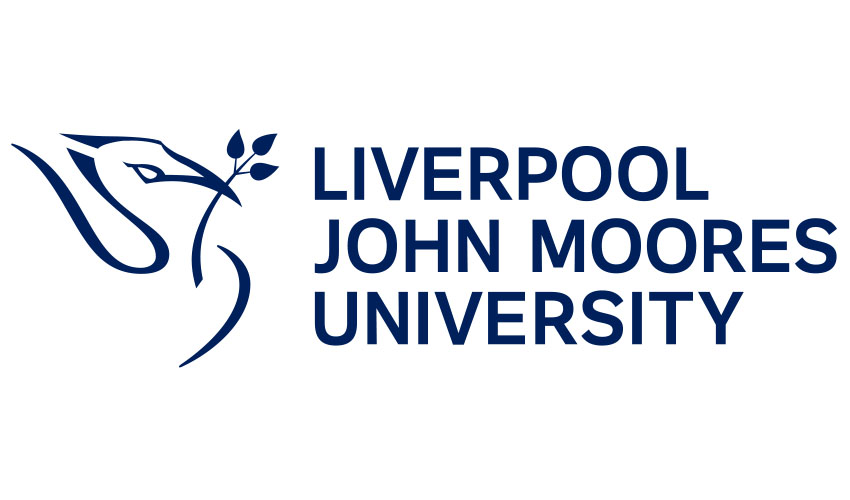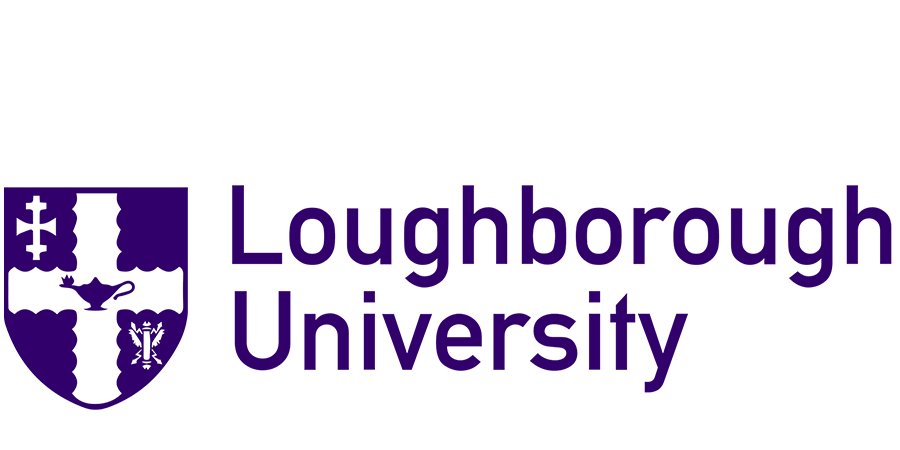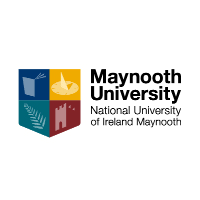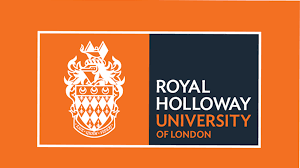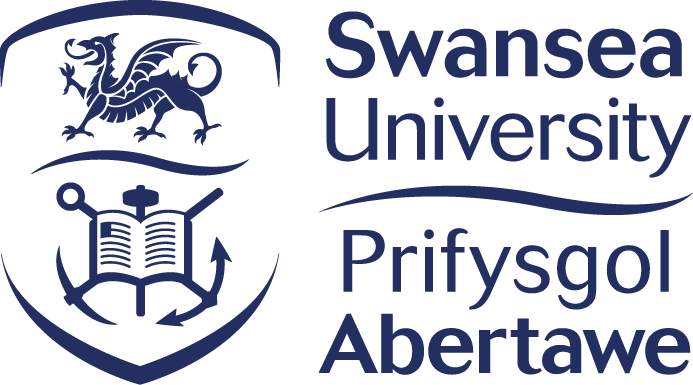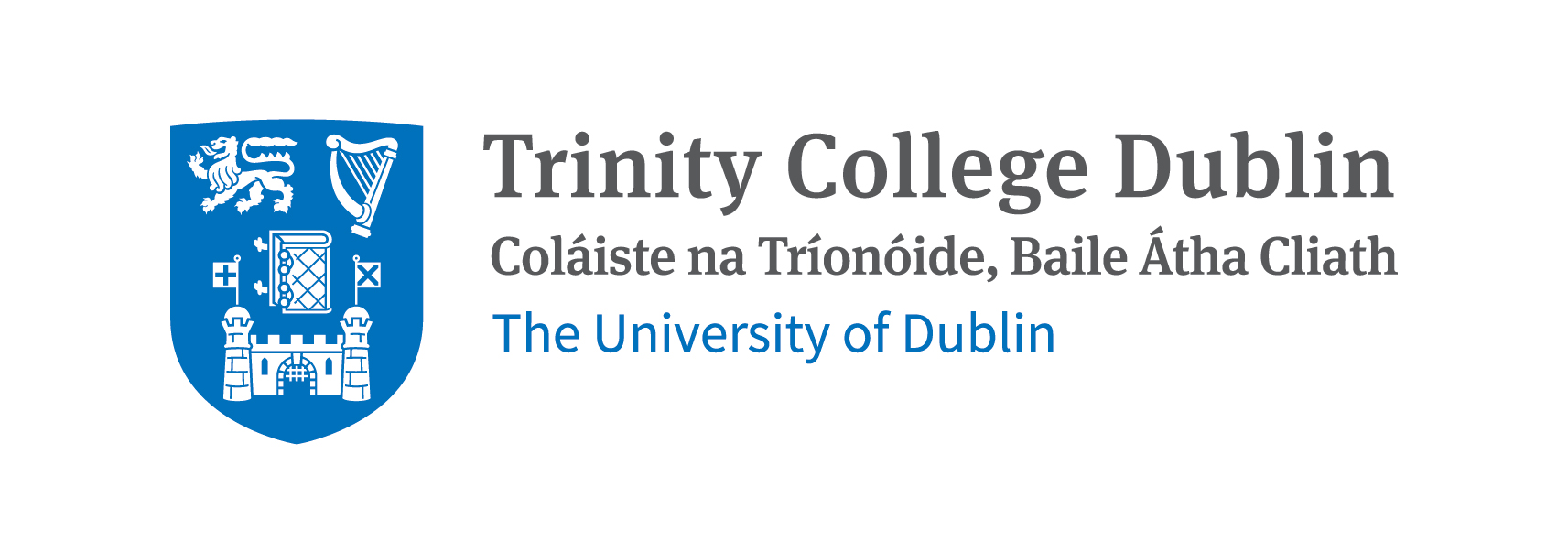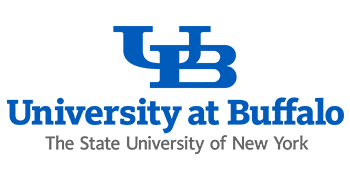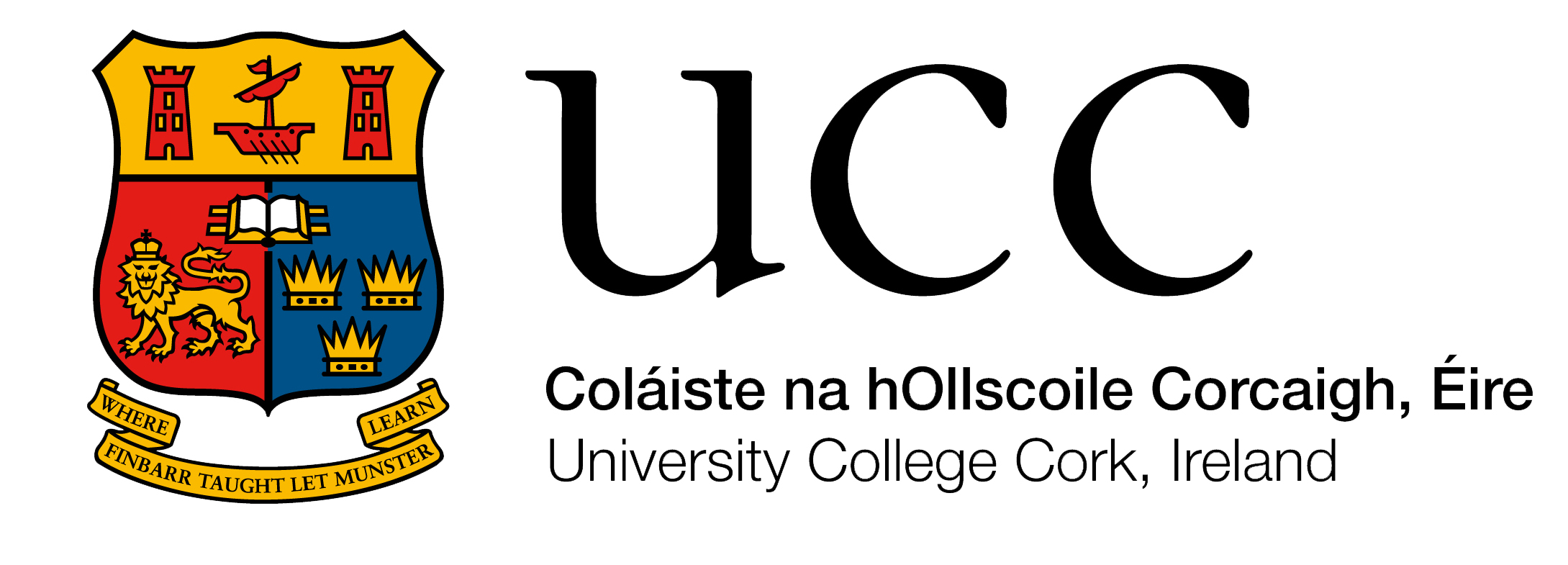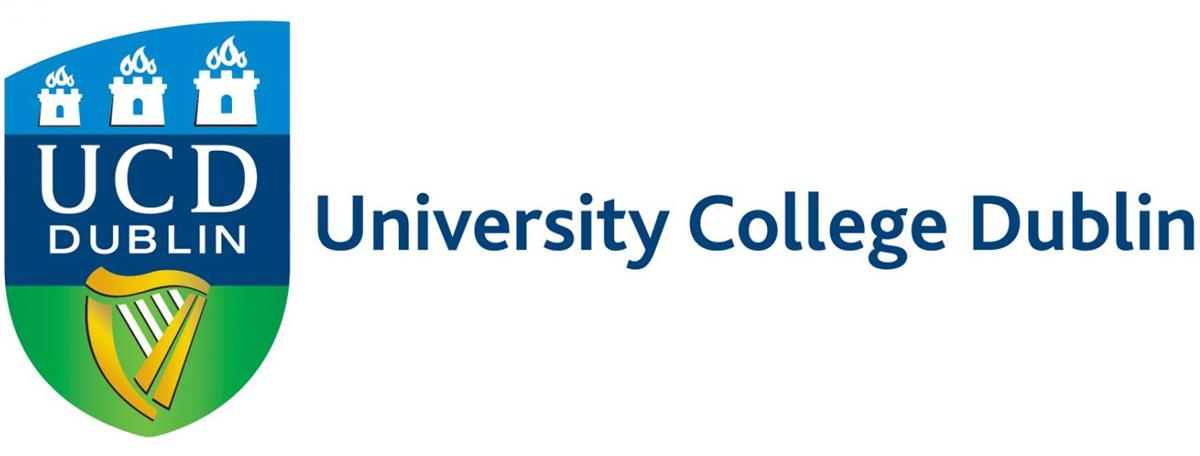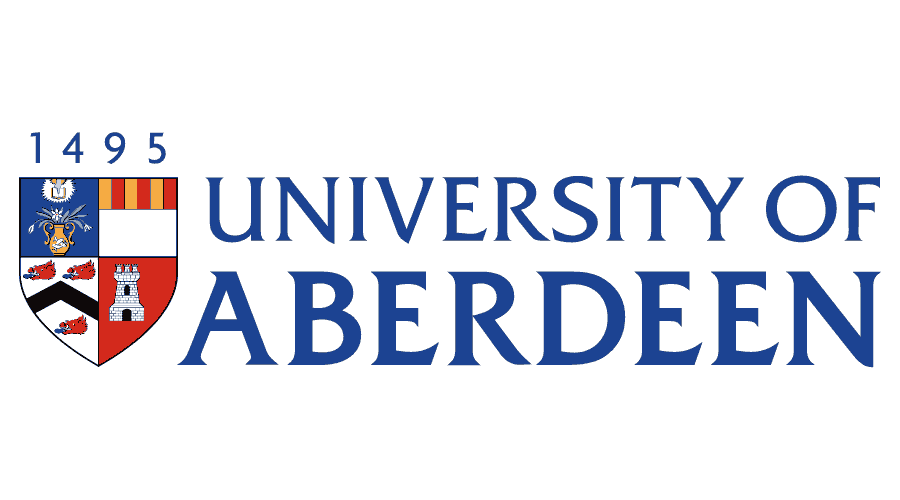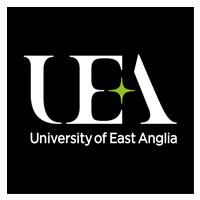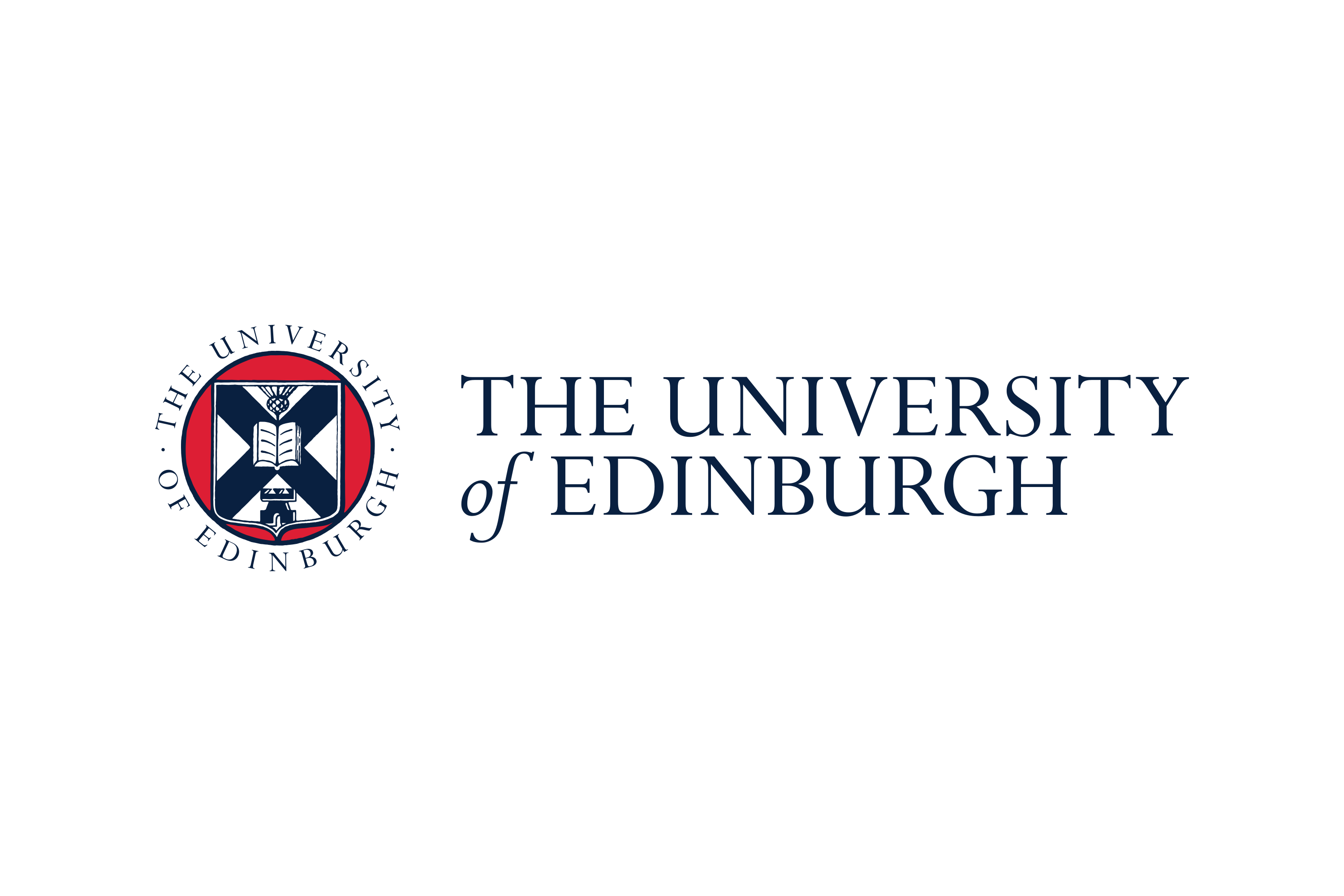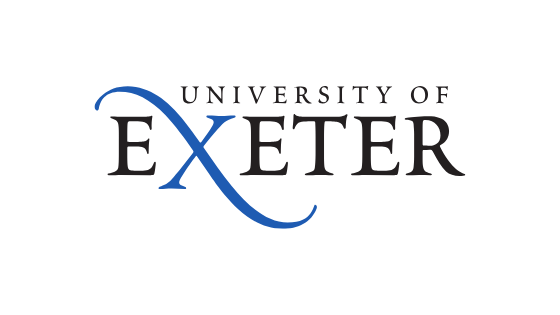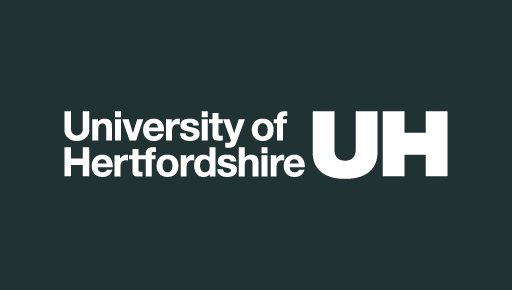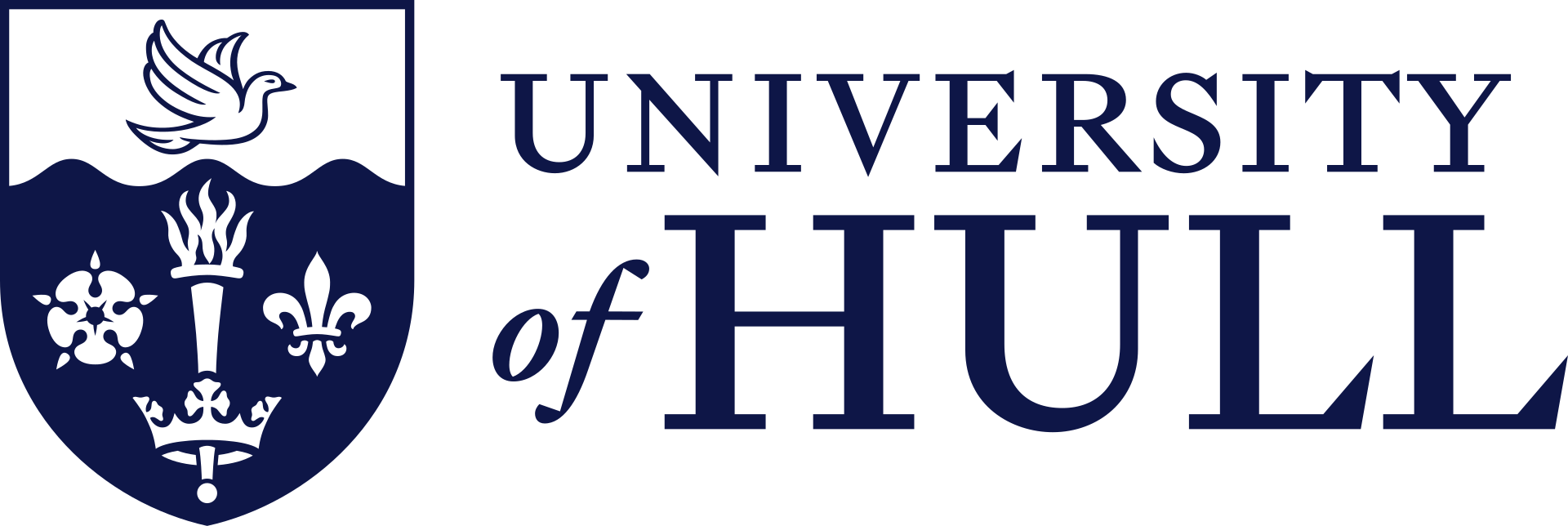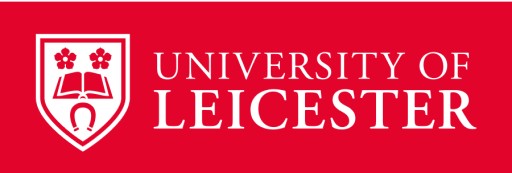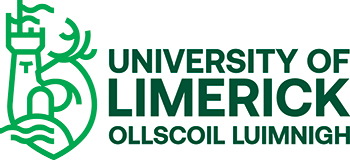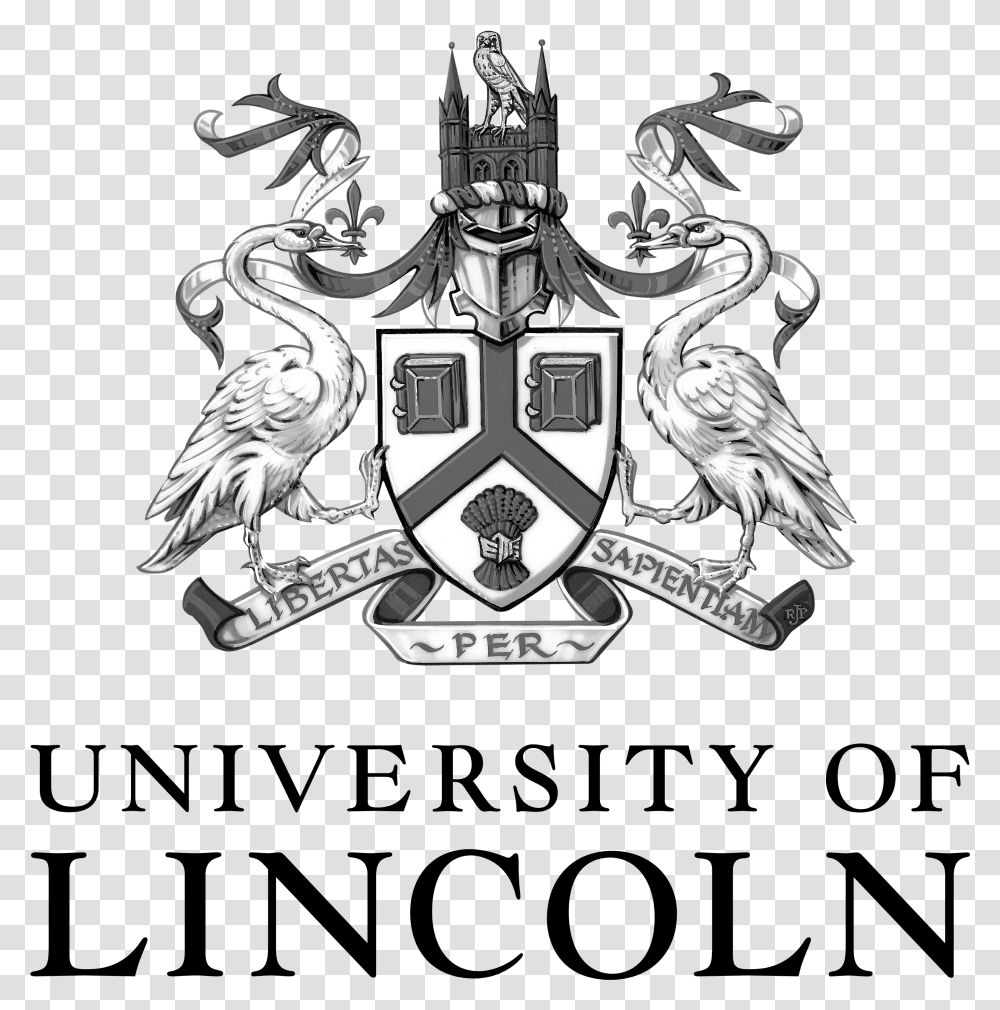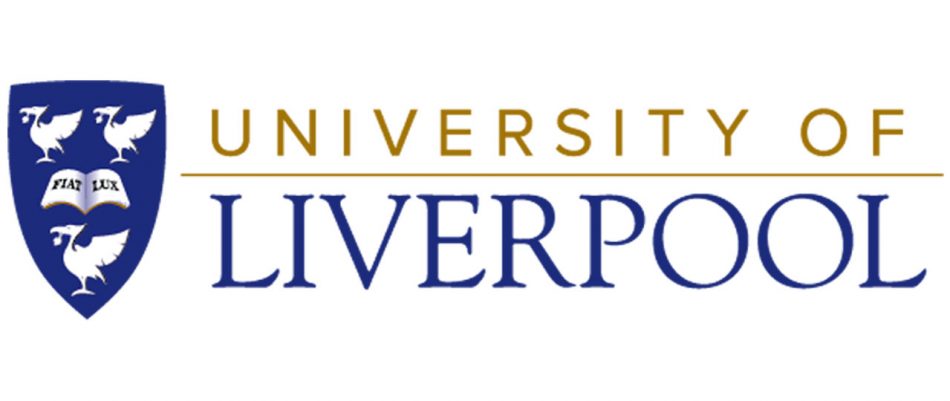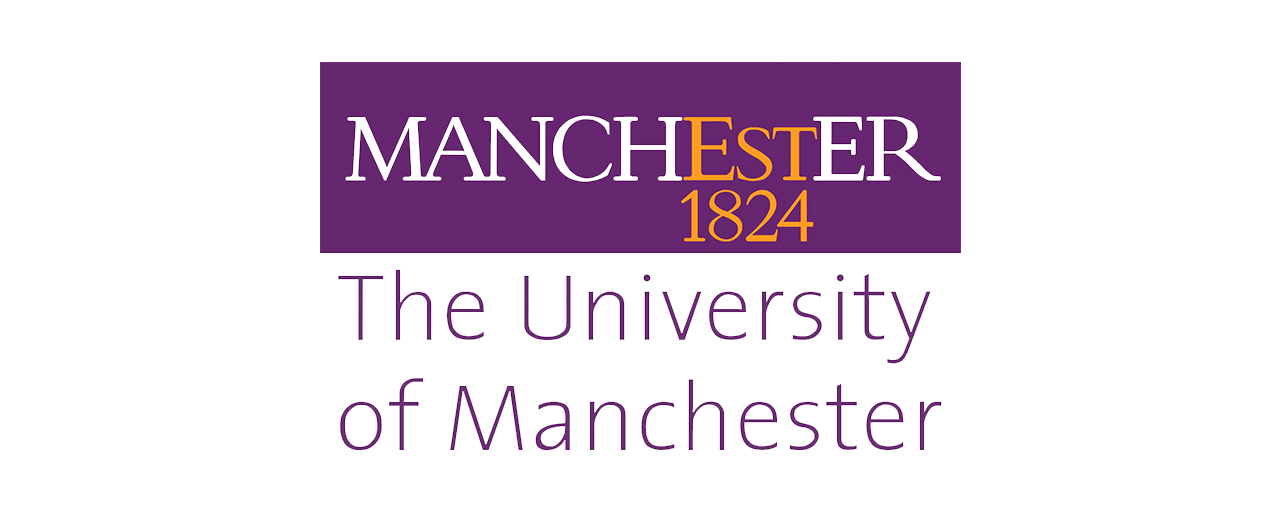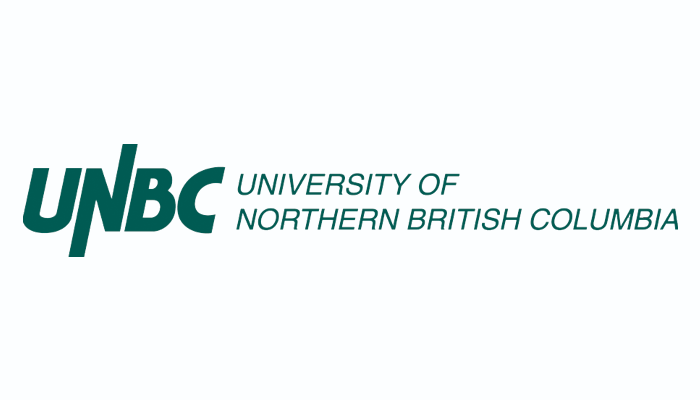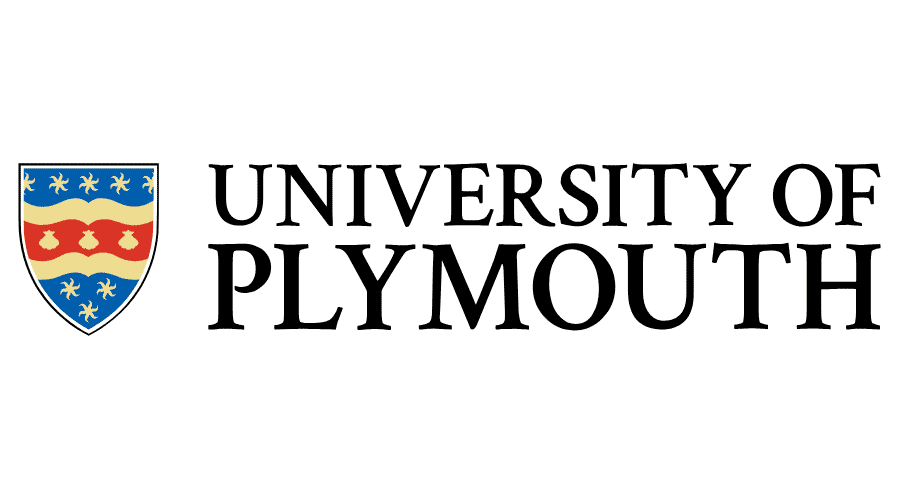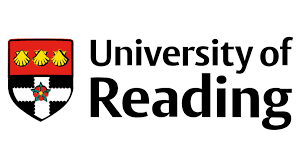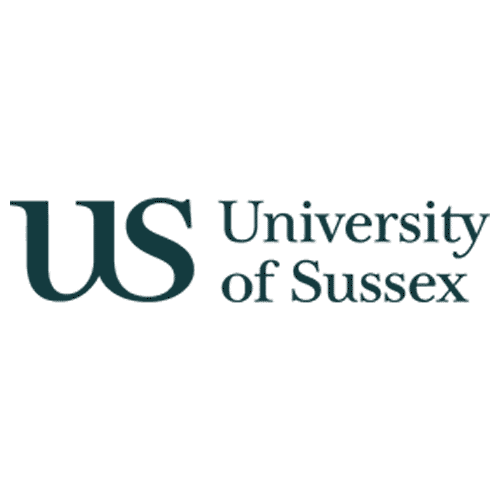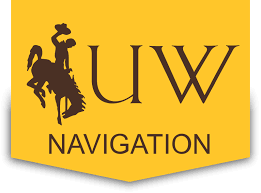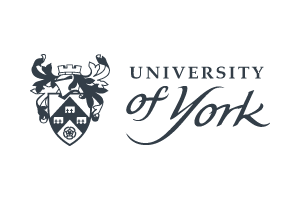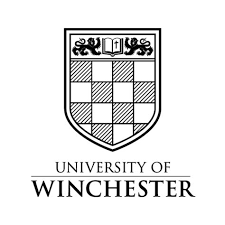Explore the World: Study Geography Abroad
Welcome to the ultimate guide for Indian students aspiring to study Geography abroad. As the world becomes increasingly interconnected, understanding the physical and human landscapes of our planet is more crucial than ever. Geography bridges the gap between natural sciences and social sciences, offering insights into climate change, urbanization, global migration, and sustainable development. For Indian students, pursuing a Geography degree overseas opens doors to world-class education, diverse cultures, and international career opportunities. Whether you're passionate about mapping ecosystems or analyzing geopolitical trends, studying Geography abroad can shape your future in profound ways.
Why Choose Geography as Your Study Abroad Course?
Geography isn't just about memorizing maps; it's a dynamic field that equips you with tools to address real-world challenges. In an era of rapid environmental changes and globalization, geographers play a pivotal role in policy-making, environmental conservation, and urban planning. For Indian students, who often come from a country rich in diverse geography—from the Himalayas to coastal mangroves—studying abroad provides a comparative perspective. You'll gain exposure to advanced research methods, cutting-edge GIS (Geographic Information Systems) technology, and fieldwork in unique global settings.
- Global Perspective: Learn how geographical concepts apply beyond India, fostering a broader worldview essential for international careers.
- Hands-On Learning: Many programs include field trips to national parks, urban centers, or remote terrains, offering practical experience unavailable in traditional classrooms.
- Interdisciplinary Approach: Combine elements of environmental science, economics, politics, and data analysis for a versatile skill set.
- Sustainability Focus: With climate change impacting India severely, Geography programs abroad emphasize sustainable practices, aligning with national priorities like the Paris Agreement.
Studying abroad also enhances your resume with international credentials, improving employability back home or globally. According to recent surveys, Geography graduates from top foreign universities report higher starting salaries and better job satisfaction.
Core Curriculum and Key Topics in Geography Programs
A typical Geography bachelor's or master's program abroad is structured over 3-4 years, blending theoretical coursework with practical applications. Programs are flexible, allowing specializations in physical geography (natural environments) or human geography (societal impacts). Expect a mix of lectures, seminars, lab work, and independent research projects.
Foundational Courses
Begin with essentials to build a strong base:
- Physical Geography: Study landforms, climate systems, and natural processes like erosion and plate tectonics.
- Human Geography: Explore population dynamics, cultural landscapes, and economic geographies.
- Cartography and GIS: Master mapping techniques and software like ArcGIS for spatial data analysis.
- Environmental Geography: Delve into ecosystems, biodiversity, and human-environment interactions.
Advanced Specializations
As you progress, choose electives tailored to your interests:
| Specialization | Key Topics | Relevance for Indian Students |
|---|---|---|
| Urban Geography | City planning, urbanization trends, smart cities | Apply to India's rapid urban growth in cities like Mumbai and Delhi |
| Geopolitics | International relations, border disputes, resource conflicts | Understand Indo-Pacific dynamics and neighborhood policies |
| Climate Change Geography | Global warming impacts, adaptation strategies, renewable energy | Tackle issues like monsoons, floods, and coastal erosion in India |
| Economic Geography | Trade routes, global supply chains, regional development | Boost knowledge for India's export economy and Make in India initiative |
| Biogeography | Species distribution, conservation biology, habitat restoration | Contribute to wildlife protection in national parks like Kaziranga |
Most programs culminate in a dissertation or capstone project, where you might research topics like "Sustainable Water Management in the Ganges Basin" or "Impact of Migration on Rural India." Fieldwork is a highlight—imagine conducting surveys in the Scottish Highlands or analyzing coral reefs in Australia.
Skills You'll Develop Studying Geography Abroad
Beyond academic knowledge, Geography programs hone transferable skills valued by employers worldwide:
- Analytical Thinking: Interpret complex data from satellite imagery and statistical models.
- Research Proficiency: Conduct fieldwork, surveys, and qualitative interviews.
- Technical Expertise: Proficiency in GIS, remote sensing, and data visualization tools like QGIS or Python for geospatial analysis.
- Communication Skills: Present findings through reports, maps, and public speaking.
- Problem-Solving: Address global issues like disaster management and resource allocation.
- Cultural Awareness: Engage with diverse peers, enhancing soft skills for multicultural teams.
For Indian students, these skills are particularly advantageous in competitive job markets, where interdisciplinary expertise stands out.
Top Destinations and Universities for Geography
Choosing the right destination depends on your budget, climate preferences, and career goals. Popular countries offer high-quality programs with scholarships for international students, including Indians.
United Kingdom
The UK boasts historic universities with strong Geography departments. Programs emphasize research and policy.
- University of Oxford: Renowned for its human geography focus; tuition ~£28,000/year.
- University College London (UCL): Leader in urban and environmental studies; offers GIS labs.
- University of Cambridge: Integrates Geography with earth sciences; fieldwork in Europe.
United States
US programs are innovative, with access to vast resources and internships.
- University of California, Berkeley: Top for physical geography; diverse student body.
- Harvard University: Interdisciplinary approach; strong on geopolitics.
- National Geographic Society partnerships: At universities like Clark University for experiential learning.
Australia and Canada
These nations offer stunning natural labs for fieldwork.
- University of Melbourne (Australia): Focus on Asia-Pacific geography; scholarships for Indians.
- University of Toronto (Canada): Excellent for climate studies; multicultural environment.
- Monash University (Australia): GIS and remote sensing expertise.
Tuition ranges from $20,000-$50,000 USD annually, but living costs vary—e.g., £12,000/year in the UK vs. AUD 20,000 in Australia. Visa processes are streamlined for Indian students via streamlined student routes.
Scholarships and Funding Opportunities for Indian Students
Financial barriers shouldn't deter you. Many scholarships target Indian talent in STEM-related fields like Geography.
- Commonwealth Scholarships (UK): Full funding for master's; covers tuition and living expenses.
- Chevening Scholarships: For leadership potential; includes Geography applicants.
- Fulbright-Nehru (US): Supports research in environmental geography.
- Endeavour Scholarships (Australia): Up to AUD 272,500 for PhD-level studies.
- Indian Government Schemes: ICCR scholarships for overseas education; education loans from SBI at low interest.
Apply early—deadlines often fall in October-January. Part-time work (up to 20 hours/week) is allowed on student visas, helping offset costs.
Career Prospects After Studying Geography
Geography graduates are in high demand across sectors. In India, you could work with organizations like ISRO, NITI Aayog, or NGOs like WWF. Globally, opportunities abound in consulting, government, and tech.
Average Starting Salary: £30,000 in the UK, $50,000 in the US, ₹8-12 lakhs in India.
- Environmental Consultant: Advise on sustainability for firms like KPMG.
- Urban Planner: Design cities for governments or private developers.
- GIS Analyst: Map data for tech giants like Google or Esri.
- Policy Advisor: Work in international bodies like UNEP or World Bank.
- Academic/Researcher: Pursue PhD for teaching or think tanks.
- Disaster Management Specialist: Aid agencies like NDMA in India.
With India's push towards sustainable development goals (SDGs), Geography expertise aligns perfectly with national needs.
How to Get Started: Application Tips for Indian Students
Embarking on this journey is straightforward with preparation.
- Research Programs: Use sites like QS Rankings or Studyportals to shortlist universities.
- Prepare Documents: Academic transcripts, IELTS/TOEFL scores (aim for 6.5+), SOP highlighting your interest in Geography.
- Entrance Exams: Some US programs require GRE; check specifics.
- Apply for Visas: Tier 4 (UK), F-1 (US); provide proof of funds.
- Seek Guidance: Consult education agents or platforms like IDP for free advice.
Deadlines vary—undergrad in January, postgrad in March. Start 12-18 months in advance.
Studying Geography abroad isn't just an education; it's an adventure that equips you to map your own success. For Indian students, it's a chance to bring global insights home, contributing to a more resilient nation. Ready to explore? Contact our advisors today!




